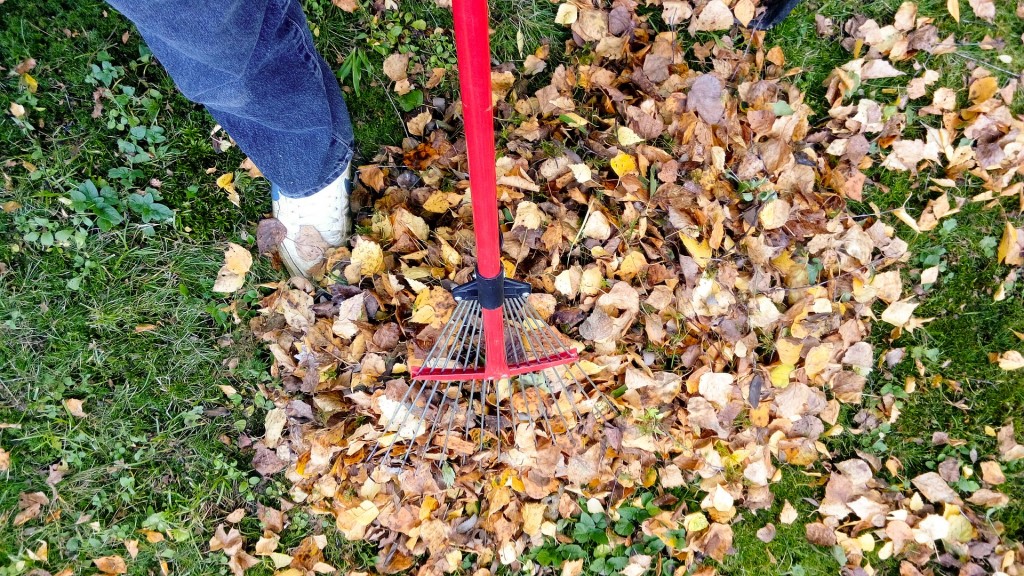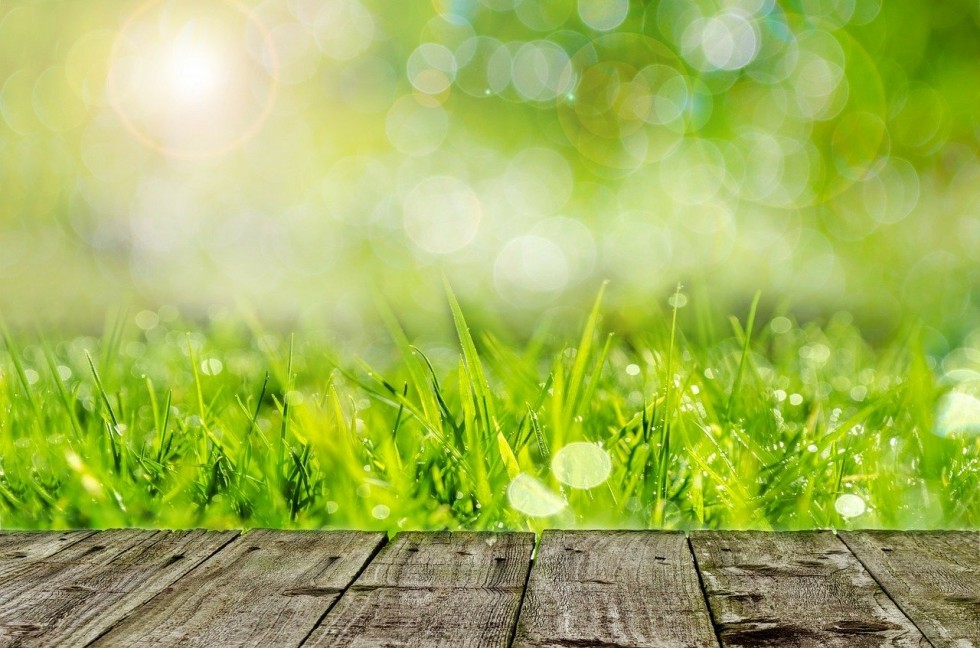Have you already spring cleaned your home, got rid of the junk that’s accumulated in it throughout winter and made it all fresh and tidy for the new season? But what about spring yard clean up? Your yard deserves to great the spring and start its new life with a freshly polished face as well. And even though the weather in March and early April is quite unpredictable and we often get tricked by sunny warm days that take turns with winter backlashes, this time of the year is perfect for taking stock of your yard and conducting a throughout spring yard clean up session.
So, wake up your garden tools from winter hibernation, get your family members into comfortable gardening clothes and take a weekend to make your yard spring-ready. Follow this checklist not to forget anything your property wants you to do prior to the start of the growing season.
Spring yard work checklist
Get rid of debris
One of the most unpleasant things you have to do in spring is to remove yard debris that’s accumulated over winter, including dead grass, fallen leaves you didn’t manage to rake prior to snowfall, tree branches and sticks strong winds have broken off the trees or blown into your yard, and (the most disgusting thing) litter your dog has deposited all over your backyard. Nevertheless, you need to get done what has to be done to enjoy your neat backyard the rest of the year.
So, break in your rake and gather the leaves, pick up twigs, pinecones and garbage, do a bit of poop scooping, pull out old plants and trim perennials. Leaf raking is rather important, as it prevents numerous grass and plant diseases infused by fungus and bacteria developing in old leaf and dead grass covers. However, do not remove leaves that cover the ground around the plants or that protect perennials before the threat of frosts passes.
If your yard is quite spacious and requires a lot of spring cleaning effort, reach out to yard clean up services from HireRush.com to help you out.
Check on your flower and garden beds
Garden beds have to be cleaned, annual flowers and plants – removed, perennials – trimmed to a height of 4-5 inches and divided wherever necessary, soil – aerated and fertilized for future planting. Getting the flower beds repaired after the winter damage is quite fitting to spring yard cleaning as well.
Compost the waste
Last year’s leaves, tree twigs, and old grass make great compost material. Moreover, if you leave the piles of debris on your lawn, they’ll exterminate new grass growth beneath them, cause lawn patching and create a favorable environment for bacteria, fungus, slug and insect pests’ propagation.
Therefore, collect the debris, get it on your wheelbarrow and dump raked leaves, dead foliage, pulled out annuals and last season’s mulch right into your compost heap. If you want to accelerate decomposition to use the substance for gardening and lawn care, you may shred organic debris or add bagged compost starter to the heap. Aerate the pile using a fork every two weeks to keep things going.
If you don’t have a compost heap/bin yet, you may purchase sections of wire fence at your nearest home/garden center and construct a wire compost box at the corner of your backyard. A couple of wooden posts and planks will do as well, but they won’t make a long-lasting compost heap. Knowing which items can and cannot be composted is important if you are new to at-home composting. Here’s a list of what you can compost by Subpod to help you get started.
Conduct a lawn clean up
Even though we’ve already talked about raking a spring yard, there’s a special rule you need to follow when raking your lawn. You’re supposed to do it when the grass is relatively dry not to pull it out with roots out of the wet soil. Wait till the melted snow disappears completely and let your yard dry up for a few days before raking the lawn. It will be a lot easier to rake then as well. If any thin or bald spots formed on your lawn, get rid of dead turf to clean up the seeding areas.
Prepare bald lawn spots for reseeding
Early spring is a great time to examine your lawn, find thin and bald patches to start repairing them. If you’ve been following this spring yard maintenance checklist, you’ve already made the first step, which is raking the lawn and removing dead turf.
Once that’s done, you need to spread a half an inch layer of compost over the bald spots and fertilize the areas you need to reseed to increase the grass’s germination rate and promote stronger, healthier growth. Check out this expert bald spot repairing guide for more info. You may also introduce weed control mixtures around this time of the year, but make sure to do that well ahead of grass seeding time not to suppress its growth.
De-winterize sprinkler system and check on your lawn mower
If you winterized your sprinkler system last fall to prevent them from freezing and bursting in winter (which you totally should do every year), now it’s time to start it for the new season. To do that, turn the main valve on and check individual valves on sprinklers to see if there are any leaks sprinkler repairing contractors need to fix. If you don’t notice any, turn individual valves on and test run the sprinklers.
Then, find your lonely mower and see if you need to take to the lawn mover repairs to sharpen the blades, replace or clean spark plugs and air filter, or requires any other maintenance repairs to function properly.
Clean and reshape walkways and patios in your spring yard
Winter weather definitely causes some damage to walkways and patios. If yours don’t look their best in early spring, you need to rake the gravel or mulch that escaped its designated spots back in place, add more wherever appropriate, replace broken pavers and pressure wash your stone or concrete patios to remove the dirt and restore their original color.
Spruce up your wooden fence
Wooden fences don’t do that great with moisture and winter weather. Therefore, don’t forget to treat them to repairing and repainting during your spring yard clean up session. Replace broken or rotten boards, strip down chipped and flaked paint. Scrub the pickets clean using a water, bleach and liquid soap solution (2 gallons, 2 quarts, and 1 cup accordingly) and let them dry.
After that, examine your fence for small rotten sections and patch them with wood epoxy. Sand the boards to smooth the surface and apply a fresh coat of paint. Your brand new fence is ready!







This article is really helpful. It gives simple and easy-to-follow steps for getting your yard in shape after winter. I like how it breaks down the tasks into manageable sections, like cleaning up debris, pruning plants, and preparing the lawn. The tips about safety gear and tools needed are especially useful for someone like me who’s not very experienced with yard work. I appreciate how the article emphasizes taking breaks and staying hydrated too. Overall, it’s a great guide for anyone looking to spruce up their yard for the spring season.
Following this checklist made my spring yard clean-up so much easier! I usually feel overwhelmed after winter, but this guide broke it down step by step. My yard looks fresh and ready for the season, and I even saved time by knowing exactly what needed to be done. Great resource for anyone wanting to refresh their outdoor space!